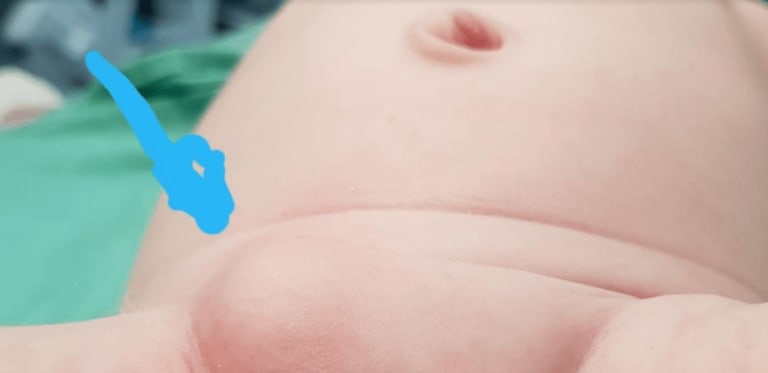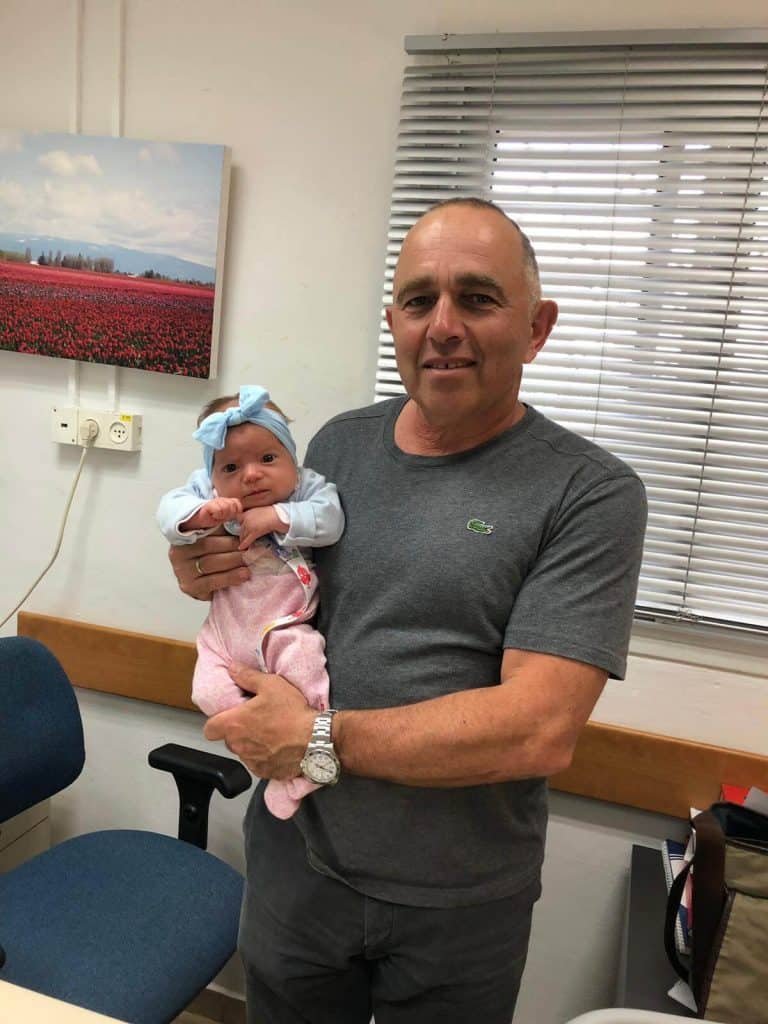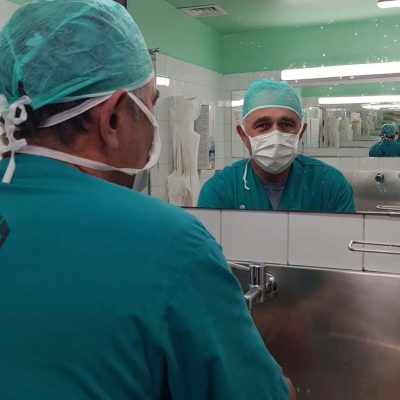Dr. Keidar is a senior pediatric surgeon in the Department of Pediatric Surgery at the Edith Wolfson Hospital.


In surgery performed under general anesthesia, a small semicircular incision is made in the lower fold inside the navel, the defect in the muscle envelope is identified and the defect is closed with a small number of sutures. There is a belief that a hernia was formed as a result of the detachment of the umbilical cord during childbirth, but this is an incorrect assumption.
Infants up to 3 months of age remain under 24-hour supervision and over 3-4 months as a few hours after surgery can be discharged.
The plaster placed at the time of surgery remains until the time of the examination (about a week).
The baby can be showered the next day.
Children involved in sports activities The recommendation is to avoid activities for about two weeks.
If they do not, the hernia and bulge surgeons will increase over time and with them the danger of a trapped hernia.

In addition, as a senior and experienced surgeon who performs hundreds of pediatric surgeries of all kinds, even the most complex ones, and uses state-of-the-art medical equipment and although umbilical hernia surgery is one of the most common surgeries in children, it requires great skill, especially in toddlers. And when done by the results are good and the complication rate tends to zero.
Do you have a question? Want to contact Dr. Sergei Keidar? Please send a message in the following form and we will get back to you soon!